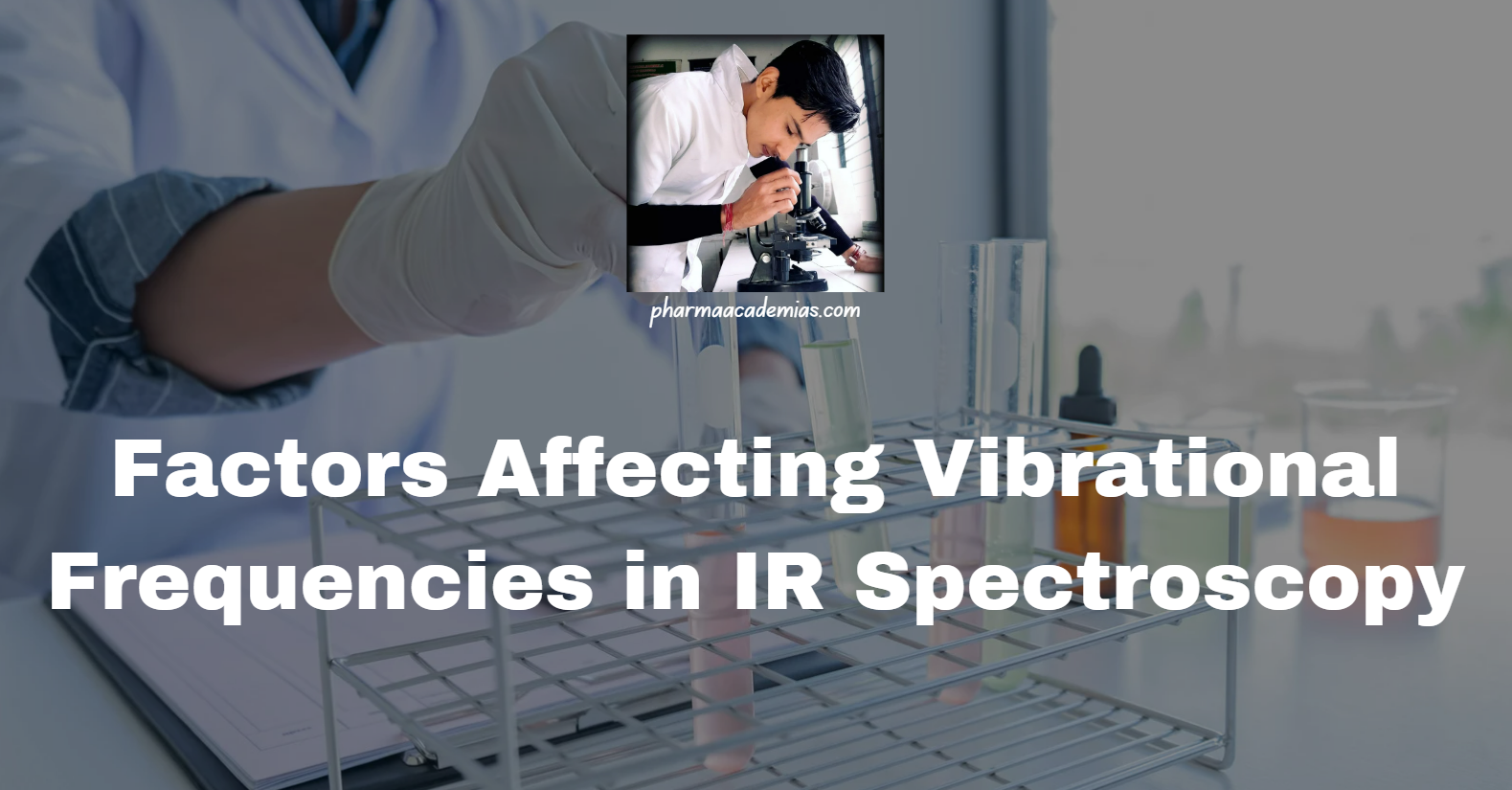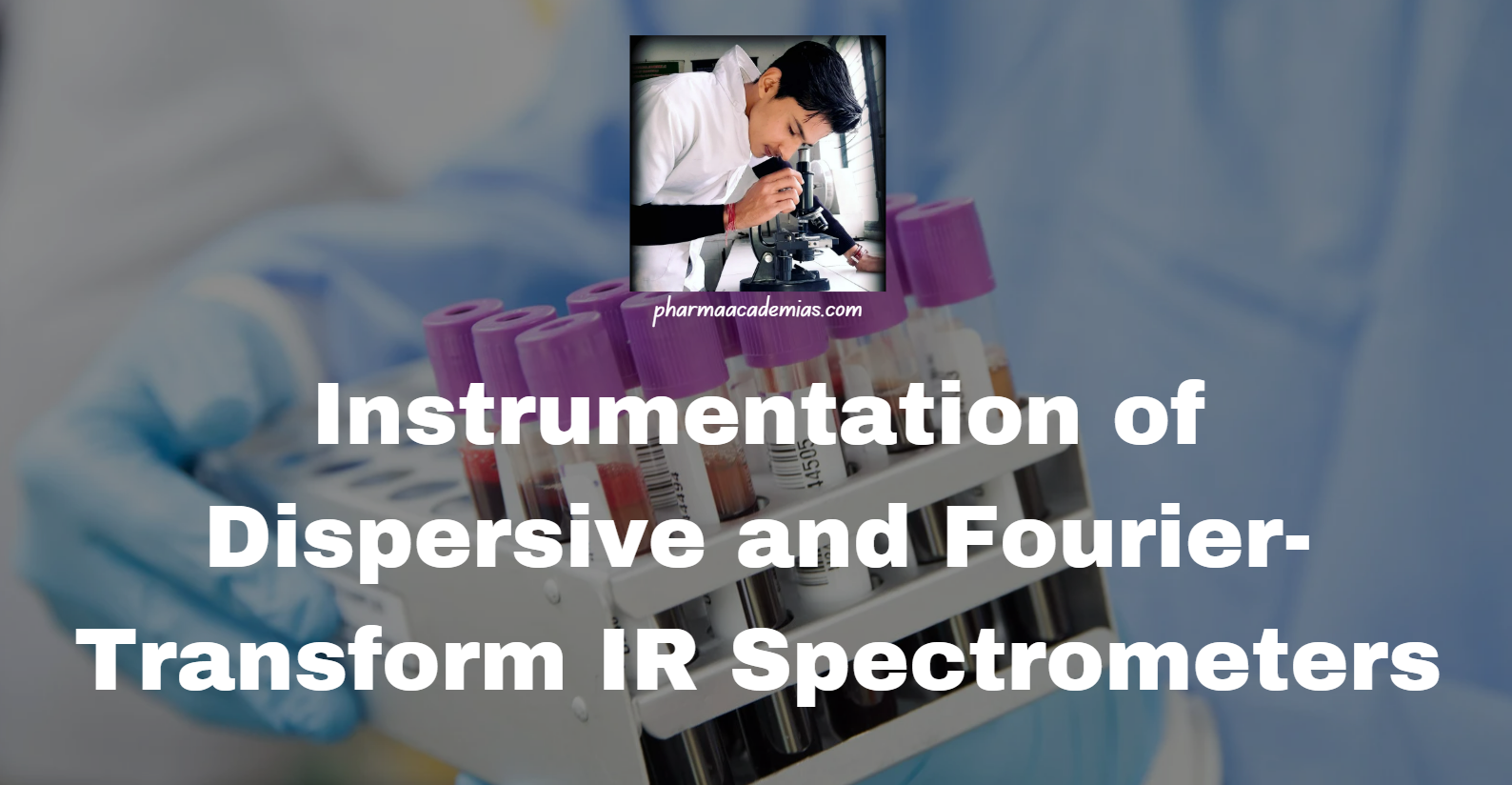Atomic Absorption Spectroscopy (AAS): Principle, Instrumentation, Interferences, and Applications
Atomic Absorption Spectroscopy (AAS) is an essential and widely utilized analytical technique that plays a crucial role in determining the concentration of metal elements in various types of samples. It is particularly renowned for its high precision, accuracy, and sensitivity in detecting trace amounts of metals in complex matrices. The technique finds extensive applications in … Read more










